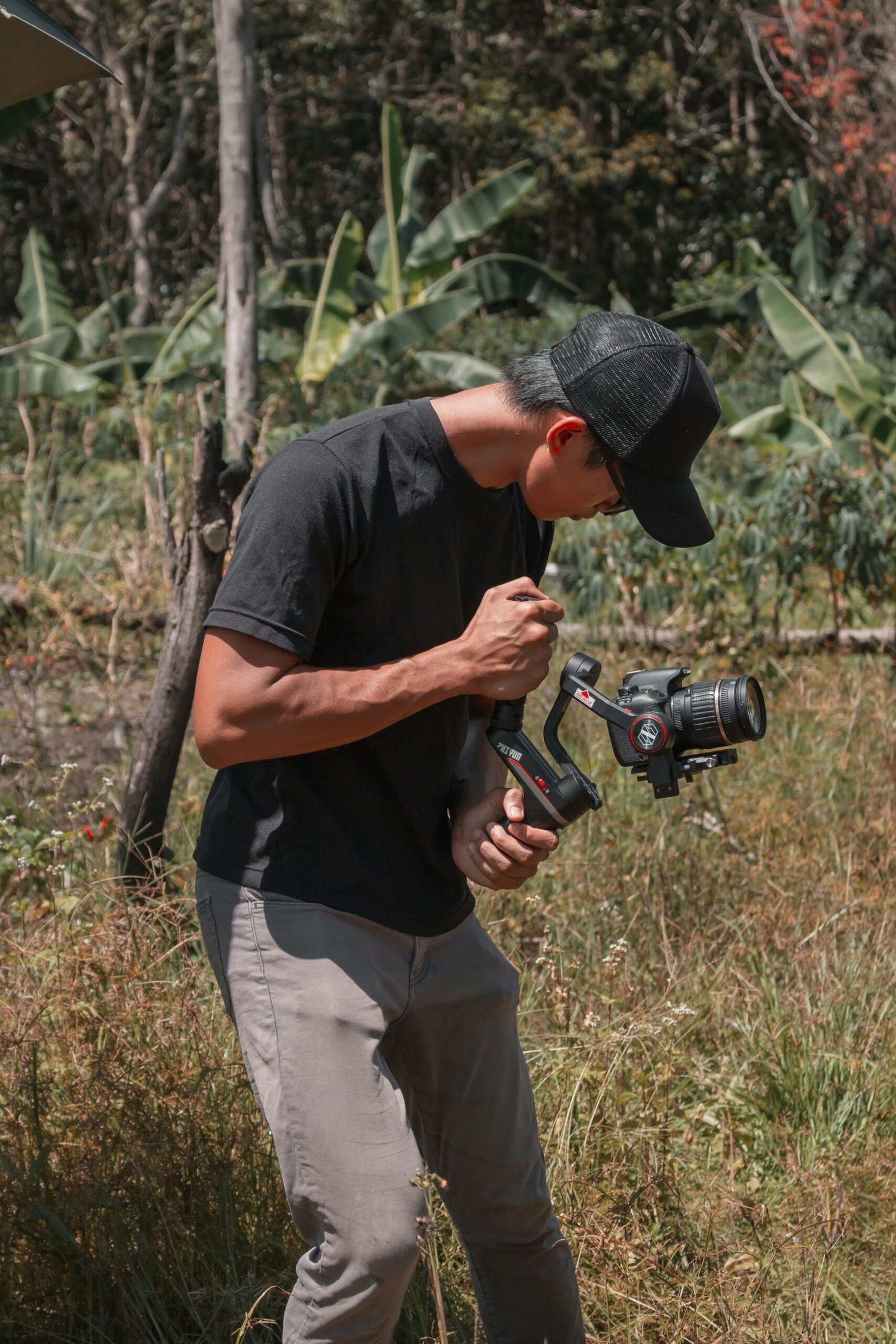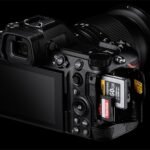5 Ways to Capture Lightning in Your Photography. As photographers, we often dream of capturing the perfect moment. And what could be more perfect than a breathtaking bolt of lightning illuminating the sky? But let’s face it, lightning isn’t the easiest subject to photograph. It’s unpredictable, fast-moving, and can be dangerous if you’re not careful.
However, with the right knowledge and techniques, you can take your lightning photography to the next level. In this blog post, we’ll explore five ultimate ways to capture lightning in your photography that will leave you awestruck.
So, buckle up and get ready to master the art of capturing nature’s most electrifying moments!
The Science Behind Lightning Photography: Understanding the Basics
Lightning photography can be a thrilling and rewarding experience, but it’s important to understand the science behind it before attempting to capture it. Lightning is an electrical discharge caused by the buildup of static electricity in the atmosphere.
It typically occurs during thunderstorms and can strike the ground or other objects, such as trees or buildings.
To capture stunning lightning shots, you need to understand how lightning behaves and how to anticipate its strikes. One important factor to consider is the speed of light. Light travels at a very fast speed, so it’s essential to use a fast shutter speed when photographing lightning. A slow shutter speed can result in a blurry image or a missed opportunity.
Another important factor is the direction of the lightning strike. Lightning can strike in any direction, so it’s crucial to keep an eye on the sky and anticipate where the next strike might occur. This requires patience and careful observation.
Understanding these basic principles of lightning photography will help you capture stunning shots that showcase the beauty and power of nature.
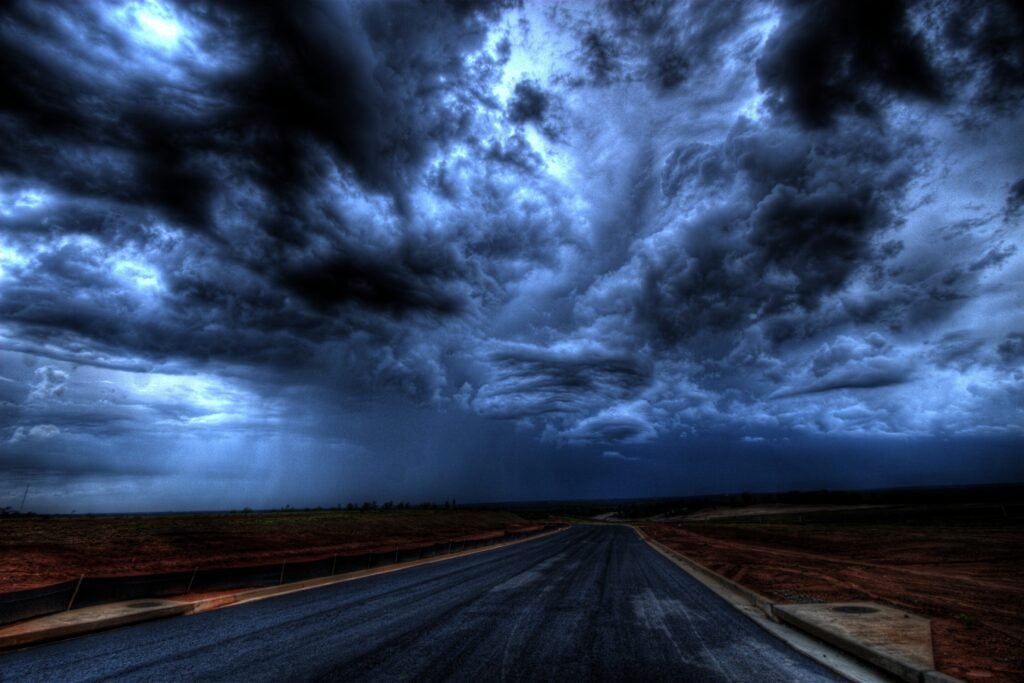
The Essential Gear You Need to Capture Stunning Lightning Shots
To capture stunning lightning shots, you need the right gear. First and foremost, you need a camera with manual controls. This will allow you to adjust the shutter speed, aperture, and ISO to capture lightning strikes effectively. A tripod is also essential to keep your camera steady during long exposures. Additionally, a remote shutter release can help minimize camera shake.
To capture lightning at night, you’ll need a fast lens with a wide aperture. This will allow more light into the camera and enable you to use faster shutter speeds. A lens with a focal length of 24mm or wider is ideal for capturing wide-angle shots of lightning storms.
Lastly, consider investing in a lightning trigger. This device can detect lightning strikes and automatically trigger your camera’s shutter release. It takes the guesswork out of timing your shots and increases your chances of capturing that perfect bolt of lightning.
Timing is Everything: Tips for Anticipating Lightning Strikes
Anticipating lightning strikes is a crucial part of capturing stunning photos. One way to do this is by using a lightning trigger, which detects the electrical discharge and automatically triggers your camera’s shutter. However, if you don’t have access to one, there are other ways to anticipate when lightning will strike.
Firstly, keep an eye on the weather forecast as thunderstorms often occur in the late afternoon or early evening. Secondly, observe the clouds – cumulonimbus clouds are tall and grey with flat tops indicating that they could produce thunderstorms. Thirdly, listen for distant thunder – if you hear it getting louder then it means the storm is approaching.
Lastly, set up your composition beforehand so that once lightning strikes, you’re ready to capture it immediately without having to fumble around with settings or framing. With these tips in mind and some patience, you’ll be able to anticipate lightning strikes like a pro!
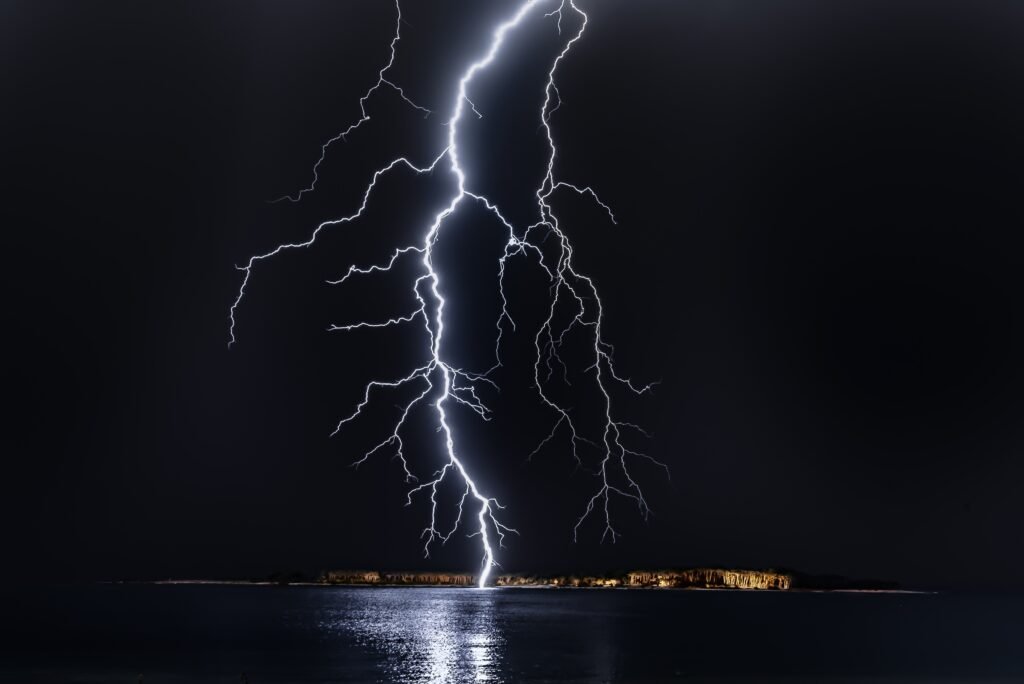
Finding the Perfect Location: Where to Shoot Lightning Photography
One key factor in capturing breathtaking lightning shots is finding the perfect location. Scenic backdrops such as mountains, cityscapes or bodies of water can add depth and interest to your photos. However, you should also be mindful of safety hazards, especially when photographing during a storm.
It’s important to scout out potential locations beforehand and ensure that they offer good vantage points without putting yourself in harm’s way. Avoid tall structures, open fields, or bodies of water. Instead, seek shelter under low-lying trees and stay away from metal objects like tripods.
Another helpful tip is to pay attention to the weather forecast for areas with high chances of thunderstorms at specific times; this will give you an idea of where lightning strikes are more likely to occur. Additionally, make use of smartphone apps that track nearby storms and provide real-time alerts on approaching strikes.
Remember that patience is key when it comes to capturing lightning photography. It may take several attempts before getting the perfect shot – but don’t get discouraged! Put safety first always while keeping an eye out for those epic moments nature offers us so we can capture them forever!

Editing Your Lightning Photos: Techniques for Enhancing Your Shots
Once you’ve captured some stunning lightning shots, it’s time to edit them to make them even more impressive. Post-processing is an essential part of photography, and it can take your lightning photos to the next level.
One of the first things you should do is adjust the exposure. Lightning shots are often underexposed, so increasing the exposure can bring out more detail in the bolt. You can also adjust the contrast and saturation to make the colors pop.
Another technique to try is cropping. If your lightning bolt is small in the frame, cropping can help bring it closer and make it more prominent. You can also experiment with different color filters to give your lightning shots a unique look.
Finally, don’t be afraid to get creative with your editing. Try adding a vignette or playing with the shadows and highlights to create a dramatic effect. With a little bit of editing know-how, you can turn your lightning photos into true works of art.
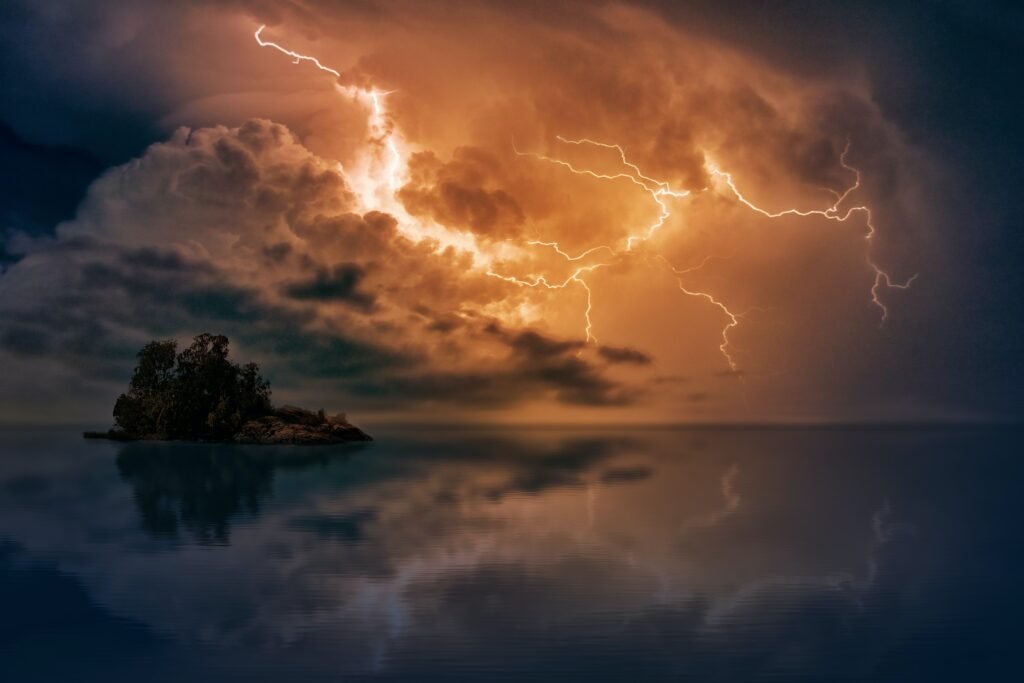
Safety First: Staying Safe While Capturing Lightning in Your Photography
Safety first when it comes to capturing lightning in your photography. Lightning is a powerful force of nature that can be dangerous if not respected. Before heading out to shoot, make sure to check the weather forecast and avoid shooting during thunderstorms.
It’s also important to find a safe location where you can set up your gear without putting yourself in harm’s way.
Protecting your equipment is also crucial when shooting lightning photography. Make sure to use a sturdy tripod and keep your camera covered with a waterproof case or plastic bag to prevent damage from rain or moisture. Additionally, consider investing in a surge protector to protect your gear from power surges caused by lightning strikes.
If you’re shooting in an open area, avoid standing near tall objects like trees or metal structures that could attract lightning. Instead, find a low-lying area or shelter where you can safely capture the storm.
Remember, safety should always be your top priority when capturing lightning in your photography. With the right precautions and gear, you can capture stunning shots while staying safe and protected from the elements.
By following the five ultimate ways outlined in this article, you can master the art of lightning photography and capture stunning shots that will take your portfolio to new heights. Remember to always prioritize safety first when capturing these electrifying moments and invest in essential gear that will set you up for success.
With patience, practice, and a good understanding of the science behind lightning photography, you’ll be able to anticipate strikes like a pro and find perfect locations for shooting.
Finally, don’t forget to experiment with editing techniques that enhance the beauty of your lightning photos even further. Keep pushing yourself creatively and before long you’ll be a master at photographing one of nature’s most awe-inspiring phenomena!
Questions
Q. Who can photograph lightning?
A. Anyone with a camera can capture lightning if they know how.
Q. What is the best camera for photographing lightning?
A. A mirrorless camera with manual settings is ideal for lightning photography. Z line cameras for Nikon
Q. How can I capture a clear image of lightning?
A. Use a tripod, set a low ISO, and a long exposure to capture lightning.
Q. What if I don’t have a tripod for lightning photography?
A. Find a sturdy surface to balance your camera or use a beanbag as a makeshift tripod.
Q. How can I stay safe while photographing lightning?
A. Stay indoors or in a car during a storm, and avoid taking photos near metal objects.
Q. What if I’m not getting any lightning in my photos?
A. Try adjusting your camera settings or wait for a more active storm.


